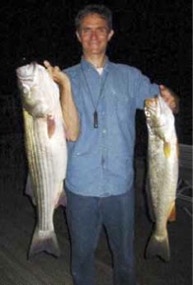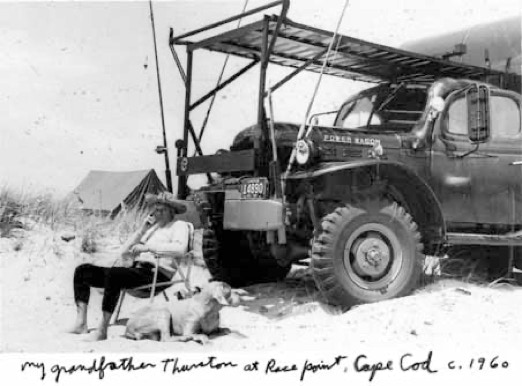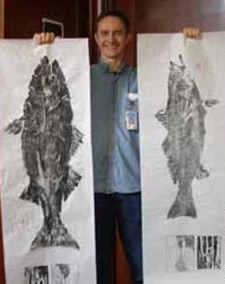


Origins of Gyotaku
written then translated by Hiromi then Didier Geffard-Kuriyama
Gyotaku comes from the region of "Shonai-han" (or "Turuoka-han").
A "han" is the fief of a lord (a "daimyo") and Shonai is the city of Turuoka (Yamagata prefecture).
Edo (1603-1867) times were peaceful, and during these times, lords were afraid of their warriors’ inactivity.
To keep in their mind the samurai spirit and to let them stay brisk, the Shonai-han daimyo advised them to pursue sea fishing.
Samurais left from Turuoka castle at midnight and walked for more than twelve miles through the mountains.
To finally throw into the Broken Sea (the Sea of Japan) their original very long fishing rod: the Shonai-zao.
And they fought the great fishes.
They walked through the mountain's dark path, carrying their rods as sabers.
They let the hanging lines inspire their strategies.
Waiting patiently and bending their minds.
To fish in one move the Broken Sea’s largest fishes.
To unite with bushido (the way of the samurai based on braveness and loyalty).
Then, greatest catches had to be turned to respectful gifts to the daimyo.
Then, as enemies’ general’s head was cut to be given to him, so the cod was printed and gyotaku invented.
